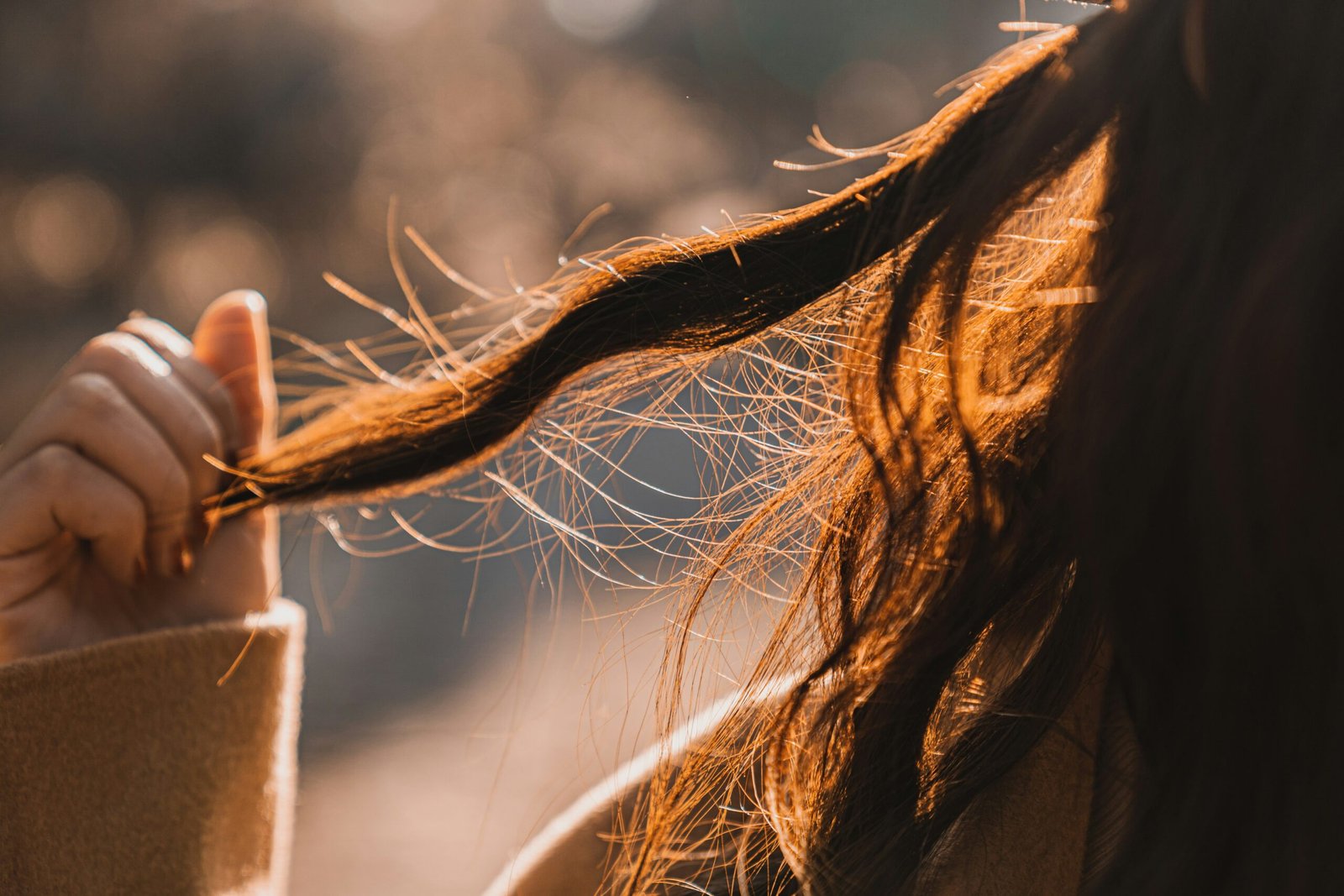Hair thinning in your 40s hits different. One day your ponytail feels lighter and suddenly you’re zoomed in on your scalp in the bathroom mirror like it’s a mystery crime scene. It’s emotional. It’s frustrating. And you’re not imagining it.
But you don’t have to just shrug and “accept aging.” There are treatments that work. And they work for real women, not just clinical trial diagrams and lab models.
Let’s break this down in a simple, straight-talking way.
Why Hair Loss Happens After 40
When estrogen starts dipping during perimenopause or menopause, the hair you were used to having changes. Estrogen used to help keep strands thick and strong. When it drops, hair can get finer and easier to shed.
And that’s just one thing happening.
You might also be dealing with:
- Lower iron or vitamin D levels
- Thyroid shifts (very common in your 40s)
- Higher sensitivity to androgens like DHT
- Long-term stress and elevated cortisol
- Not enough protein
- Scalp inflammation or buildup from products
None of this means your hair is “done.” It just means support looks different now.
Treatments That Are Actually Backed By Science
These are the go-to options dermatologists use with women every single day.
Topical Minoxidil
Encourages more blood flow to hair follicles. Helps move more hairs back into the growth phase. Needs consistency. Not magic overnight. More like a slow rebuilding.
Low-Dose Oral Minoxidil
Prescription version for people who don’t respond strongly to topicals. Works throughout the entire scalp. Needs medical oversight.
Platelet-Rich Plasma (PRP)
A dermatologist draws your blood, concentrates your platelets, and injects them into the scalp. Sounds intense but many women swear by it. Results build over months.
Topical or Low-Dose Finasteride
Helps block DHT from shrinking follicles. Should be used under medical guidance, especially if you’re not yet post-menopausal.
Low-Level Laser Therapy
Laser caps look a bit goofy but they stimulate cellular energy in follicles. Non-invasive. Works best when used consistently several times a week.
The more customized your plan, the better your results.
A dermatologist can guide testing and dosing so you’re not guessing.
Support Your Hair From the Inside and the Outside
You don’t need a giant wellness overhaul. Just smart baseline support.
- Eat enough protein
- Check iron and vitamin D levels
- Massage your scalp a few minutes a day
- Be gentle with heat and bleach
- Move stress out of your body, not just your brain
Simple habits. Real impact.
Product Recommendations That Pair Well With Treatment
Here are supportive products you can actually use every day. Nothing trendy for the sake of trendy. Just solid additions that help your hair feel stronger and fuller while medical treatments do the deeper work.
Kérastase Genesis Fortifying Serum
If your hair feels fragile, this one helps reduce breakage. Think of it as strength training for your strands.
Nutrafol Women Supplement
Targets stress, hormones, and nutrient gaps. Works slowly and steadily. Best when paired with topical minoxidil.
Nioxin Scalp and Hair Thickening Treatment
A lighter, easier entry point. Gives immediate visual fullness. Great if you’re just starting to notice thinning.
René Furterer Triphasic Progressive Treatment
This one is for more noticeable density changes. It works in cycles and takes patience, but it’s well loved by women with long-term thinning.
Routine Wellness Scalp Serum
Light texture. Easy to use daily. Helps encourage circulation.
Moerie Hair Boost Serum
Not a miracle. But makes hair look healthier and thicker while you’re rebuilding growth.
Quick guidance:
If breakage is your problem, go Kérastase.
If volume is disappearing, Nutrafol or René Furterer.
If you want clean and simple, Routine Wellness.
Pick one serum and stick to it. Don’t rotate through five. Hair growth responds to consistency, not chaos.
Final Thoughts
Hair loss in your 40s is common but it’s not the end of “good hair.” It just takes a new approach.
One that blends medical support, daily scalp care, better nutrition, and patience.
Start with one treatment. One serum. And small habits you’ll actually stick to.
FAQs
How do I know if my hair follicles are still active?
If you still see fine, wispy hairs growing in (even tiny ones), your follicles are alive. If the area is completely smooth and shiny for a long time, that usually means the follicles have stopped producing hair. A dermatologist can confirm this with a quick scalp exam or dermatoscope scan.
Should I stop coloring my hair if it’s thinning?
You don’t have to stop coloring your hair. Just treat it more gently. Avoid bleaching back-to-back. Space out lightening sessions. Choose glosses, low-lift colors, or professional color lines designed for fragile strands. And deep condition like it’s your religion.
Is shampoo really a big deal?
Not as big as the internet makes it seem, but it still matters. You want something that cleans the scalp without stripping it. The scalp is the soil. If the soil is blocked with buildup, follicles can’t breathe. Gentle exfoliating scalp shampoos once a week help a lot.
Does stress really cause hair loss or is that just a wellness buzzword?
Stress really does impact hair. Cortisol can push hair into the shedding phase too early. It doesn’t happen overnight. It’s the slow, grinding type of stress that builds over months. Managing stress won’t fix everything, but it’s one of the easiest things to improve that has a real effect.
How do I track progress so I don’t feel discouraged?
Take pictures. Same light. Same spot. Same angle. Every 4 weeks. Hair changes slowly and your brain gets used to what it sees every day. Photos show the truth. And they help you keep going when it feels like nothing is happening.







